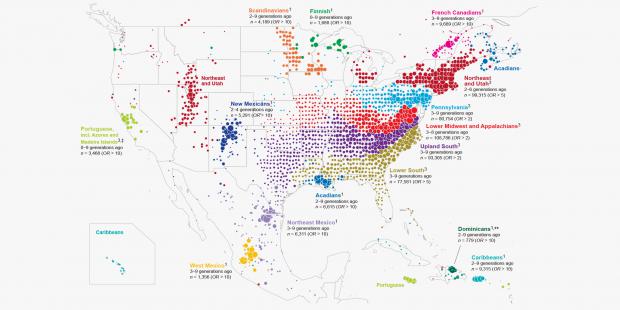
Breaking News
Endless Opportunities on Life's Highway
THE UNCONSTITUTIONAL INCOME TAX
 WOW: Schumer now privately BEGGING to reopen the Gov – Liberal Hivemind
WOW: Schumer now privately BEGGING to reopen the Gov – Liberal Hivemind
 Obamacare's Devastating Legacy: Skyrocketing Costs, Useless Coverage, and Windfall Profits...
Obamacare's Devastating Legacy: Skyrocketing Costs, Useless Coverage, and Windfall Profits...
Top Tech News
 Future of Satellite of Direct to Cellphone
Future of Satellite of Direct to Cellphone
 Amazon goes nuclear with new modular reactor plant
Amazon goes nuclear with new modular reactor plant
 China Is Making 800-Mile EV Batteries. Here's Why America Can't Have Them
China Is Making 800-Mile EV Batteries. Here's Why America Can't Have Them
 China Innovates: Transforming Sand into Paper
China Innovates: Transforming Sand into Paper
 Millions Of America's Teens Are Being Seduced By AI Chatbots
Millions Of America's Teens Are Being Seduced By AI Chatbots
 Transhumanist Scientists Create Embryos From Skin Cells And Sperm
Transhumanist Scientists Create Embryos From Skin Cells And Sperm
 You've Never Seen Tech Like This
You've Never Seen Tech Like This
 Sodium-ion battery breakthrough: CATL's latest innovation allows for 300 mile EVs
Sodium-ion battery breakthrough: CATL's latest innovation allows for 300 mile EVs
 Defending Against Strained Grids, Army To Power US Bases With Micro-Nuke Reactors
Defending Against Strained Grids, Army To Power US Bases With Micro-Nuke Reactors
770,000 Tubes of Spit Help Map America's Great Migrations

Using more than 770,000 spit samples taken from their customers over the last five years, its researchers mapped how people moved and married in post-colonial America. And their choices—especially the ones that kept communities apart—shaped today's modern genetic landscape.
The study, published today in Nature Communications, combines a DNA database with family tree information collected over the company's 34-year history. "We're all living under the assumption that we are individual agents," says Catherine Ball, chief scientific officer at Ancestry and the leader of the study. "But people actually are living in the course of history." And from the moment they spit, send, and consent, DNA kit customers become actors in a much larger story—told through the massive data sets companies like Ancestry are accumulating from casual genealogists.
Ball's team of geneticists and statisticians started by pulling out subsets of closely related people from their 770,000 spit samples. In that analysis, each person appears as a dot, while their genetic relationships to everyone else in the database are sticks. The result, Ball says, "looks like a giant hairball."
From that hairball her team pulled out more than 60 unique genetic communities—Germans in Iowa and Mennonites in Kansas and Irish Catholics on the Eastern seaboard. Then they mined their way through generations of family trees (also provided by their customers) to build a migratory map. Finally, they paired up with a Harvard historian to understand why communities moved and dispersed the ways they did. Religion and race were powerful deterrents to gene flow. But nothing, it turned out, was stronger than the Mason Dixon line.

 SpaceX Heat Shield and Starship Mass Production
SpaceX Heat Shield and Starship Mass Production

